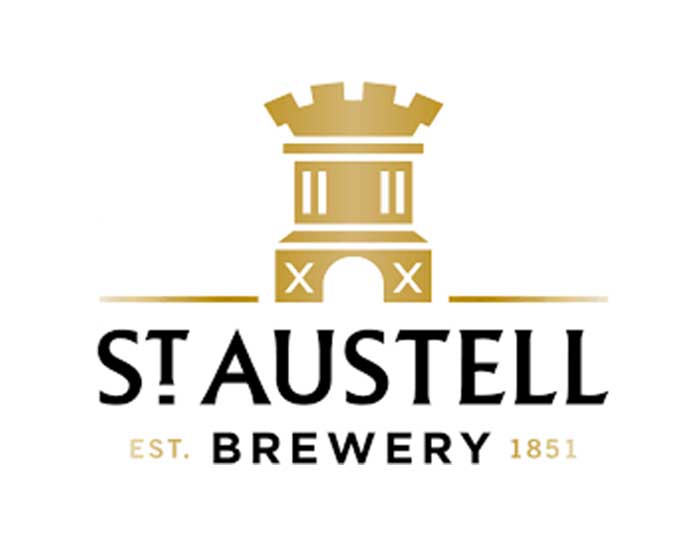History & Heritage
Thinking about history and heritage in the south west of England, many will immediately think ‘King Arthur and the Round Table’. And with Tintagel firmly on the South West 660 route (section 10: Padstow to Clovelly), you will get a chance to learn all about it!
But there is so much more to explore. To name but a few: the history of the Pilgrim Fathers sailing from Plymouth and the rich mining history of Cornwall. And for members of the National Trust and / or English Heritage: bring your membership as the choice of places to visit is almost endless!
We hope you enjoy the history and heritage of the south west!
Experience South West Heritage
Our recommendations:
Tintagel Castle
This is King Arthur Land! Tintagel Castle (English Heritage) is a beautiful set of ruined remains, dating back to the 5th century! Immerse yourself in history, myths and stunning scenery at Tintagel Castle, set high on Cornwall’s rugged north coast. Inextricably linked with the legend of King Arthur, for centuries this dramatic castle and coastline has fired the imaginations of writers, artists, and even the brother of a king.
Exeter
Exeter’s history is long and rich, pre-dating the arrival of the Romans in AD 50, and home to a fascinating collection of heritage waiting to be explored. At the heart of the city stands the magnificent Exeter Cathedral, showcasing one of the finest examples of Gothic architecture to be found anywhere while the Royal Albert Memorial Museum (RAMM) is housed in a beautiful Victorian building and takes visitors on a voyage of discovery from pre-history to present day. Constructed in medieval times, Exeter’s Underground Passages take you beneath the city for a truly memorable visitor experience that reveals how spring water was brought to the city. A great way to explore the city’s hidden gems and architectural treasures is on a daily, free Red Coat Guided Tour and no visit is complete without a visit to Exeter’s historic Quayside and the Custom House Visitor Centre.
English Heritage South West
Are you an English Heritage Member? Bring your membership card and check out this link for all the relevant information.
National Trust South West
Are you a National Trust Member? Bring your membership card and check out this link for all the relevant information.
Charlestown
Charlestown grew out of the small fishing village of West Polmear, which consisted of a few cottages and three cellars, in which the catch of pilchards were processed. The population amounted to nine fishermen and their families in 1790. Before the harbour was built, trading vessels landed and loaded on the beach. Charles Rashleigh, who moved to Duporth Manor, just outside the village, used plans prepared by John Smeaton to begin the construction of a harbour and dock in 1791. After building the outer pier, he excavated a natural inlet to form the main dock and a shipyard at its inner end that was demolished when the dock was extended. In today’s age, Charlestown is home to the very interesting Shipwreck Treasure Museum, and is also hugely popular as a film set. Amongst the many productions filmed here are Poldark (many episodes), Dr Who and Tim Burton’s Alice in Wonderland.
Tolpuddle Martyrs Museum
The Tolpuddle Martyrs were six agricultural labourers from the village of Tolpuddle in Dorset who, in 1834, were convicted of swearing a secret oath as members of the Friendly Society of Agricultural Labourers. They were arrested on charges under an obscure act during a labour dispute against cutting wages before being convicted and sentenced to penal transportation to Australia. They were pardoned in 1836 after mass protests by sympathisers and support from Lord John Russell and returned to England between 1837 and 1839. The Tolpuddle Martyrs became a popular cause for the early union and workers’ rights movements.
Plymouth and the link to Pilgrim Fathers
The Pilgrim Fathers were English settlers who came to North America on the Mayflower and established the Plymouth Colony in what is today Plymouth, Massachusetts, named after the final departure port of Plymouth, Devon. Their leadership came from the religious congregations of Brownists, or Separatist Puritans, who had fled religious persecution in England for the tolerance of 17th-century Holland in the Netherlands. They held many of the same Puritan Calvinist religious beliefs but, unlike most other Puritans, they maintained that their congregations should separate from the English state church, which led to them being labelled Separatists. After several years living in exile in Holland, they eventually determined to establish a new settlement in the New World and arranged with investors to fund them. They established Plymouth Colony in 1620, where they erected Congregationalist churches. The Pilgrims’ story became a central theme in the history and culture of the United States.
Porthcurno Telecoms
Few would expect a tiny hamlet in Cornwall to be at the heart of global telecommunications. Yet that is exactly what the Museum of Global Communications will tell you all about. Truly fascinating.
Lorna Doone Country
Although entirely fictional, it is hard to escape references to Lorna Doone when visiting the East Lyn Valley of North Exmoor. Lorna Doone is a romance based on a group of historical characters and set in the late 17th century in Devon and Somerset.
Tunnels Beaches in Ilfracombe
Hand carved in the 1820’s, the four tunnels provide a truly unique experience. Read extensive history information throughout the site – including hilarious guides to Victorian etiquette for boys, girls and for when boating with ladies! Learn how local entrepreneurs developed the tunnels and pools, and transformed Ilfracombe from a small fishing village into a popular seaside tourist resort.
Bodmin Jail
Bodmin Gaol was designed by Sir John Call and built in 1779 by prisoners of war. It was operational for 150 years, in which it saw over 50 public hangings. It was the first British prison to hold prisoners in individual cells. Bodmin jail closed in 1927. Since that date, there has been no prison within the county of Cornwall. During World War I, the prison was used for holding some of Britain’s national treasures including the Domesday Book and the Crown Jewels of the United Kingdom.
Cornwall Mining
For many decades, the main economy of Cornwall was built on mining. Tin and Copper were the main metals mined, and mining started as far back as the early Bronze Age. Much of Cornwall’s mining history can be seen in a variety of places – for example through an abundance of abandoned tin mine ruins visible in the landscape. The Cornwall Mining Landscape is a Unesco World Heritage site. To learn more about Cornwall’s mining history, go to Geevor Tin Mining Museum, where 200 years of mining is being shown in a highly interactive setting.






